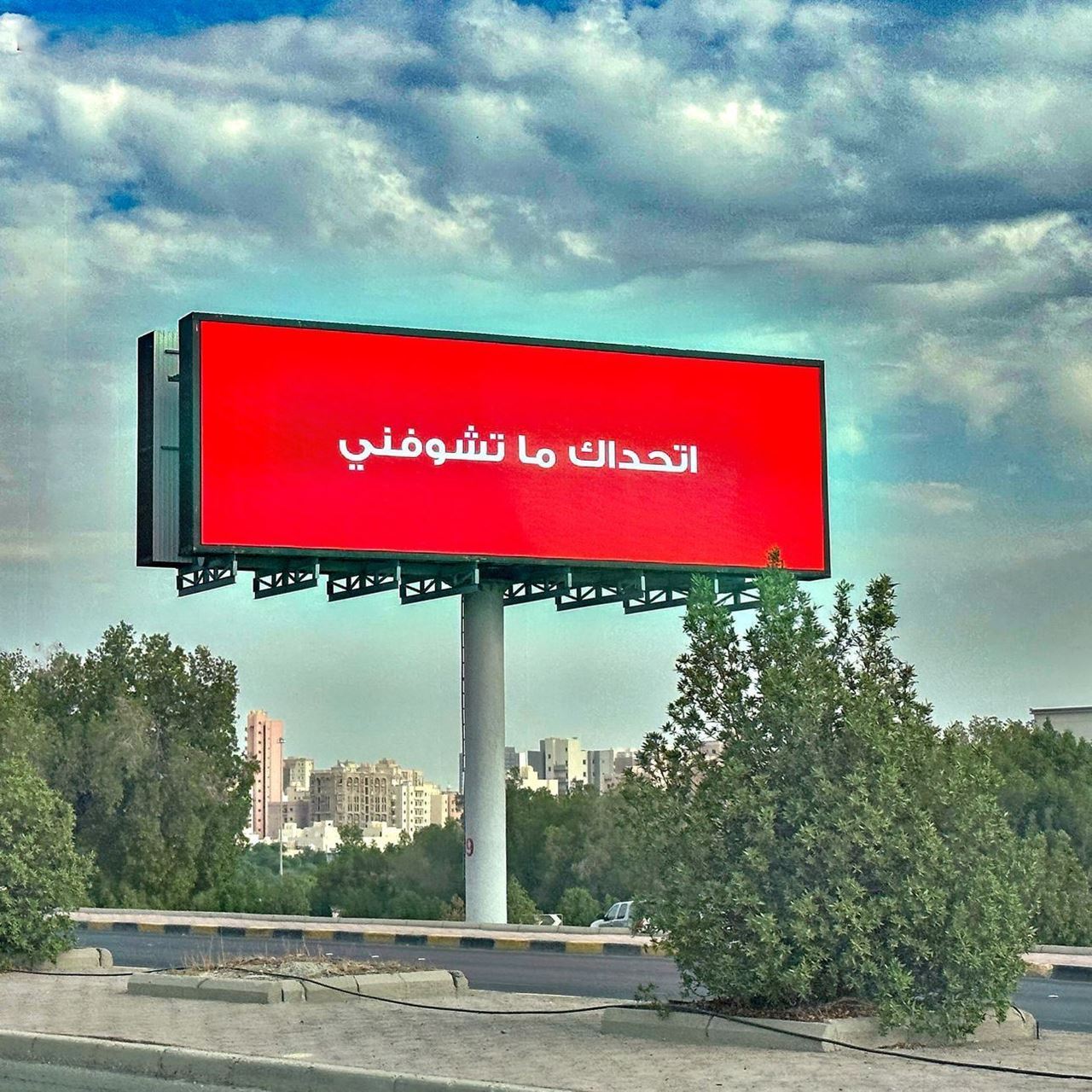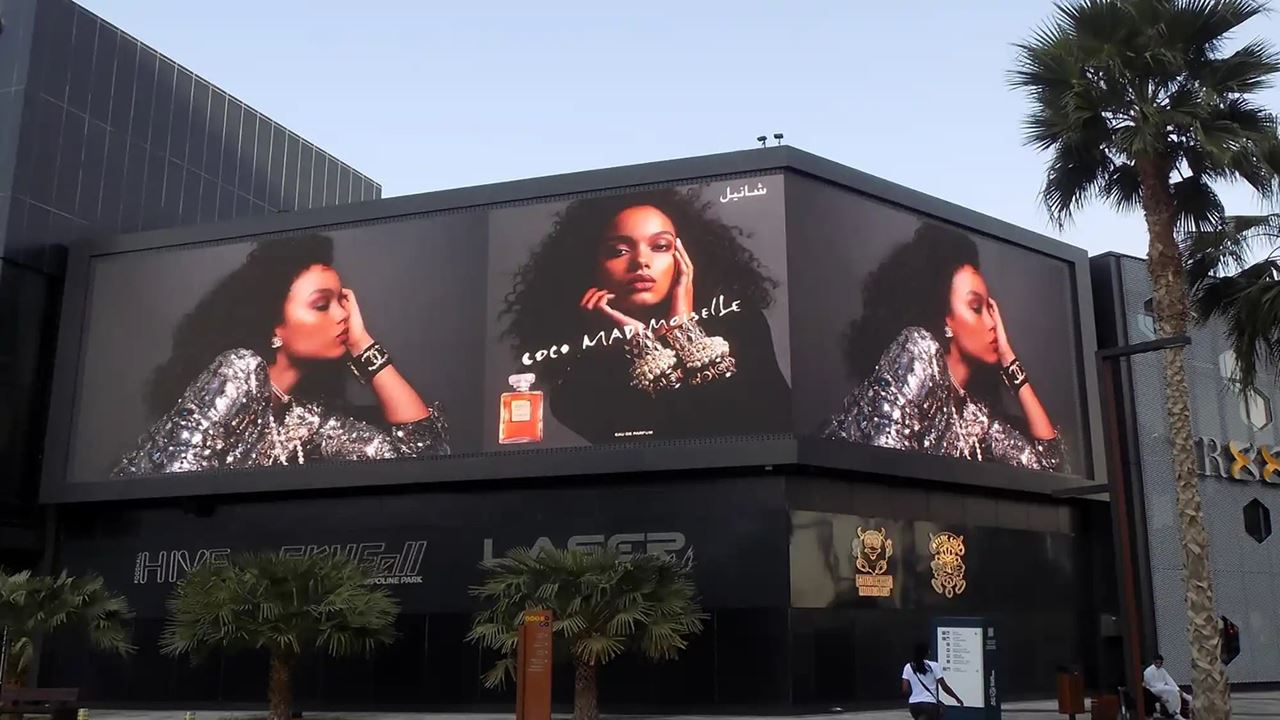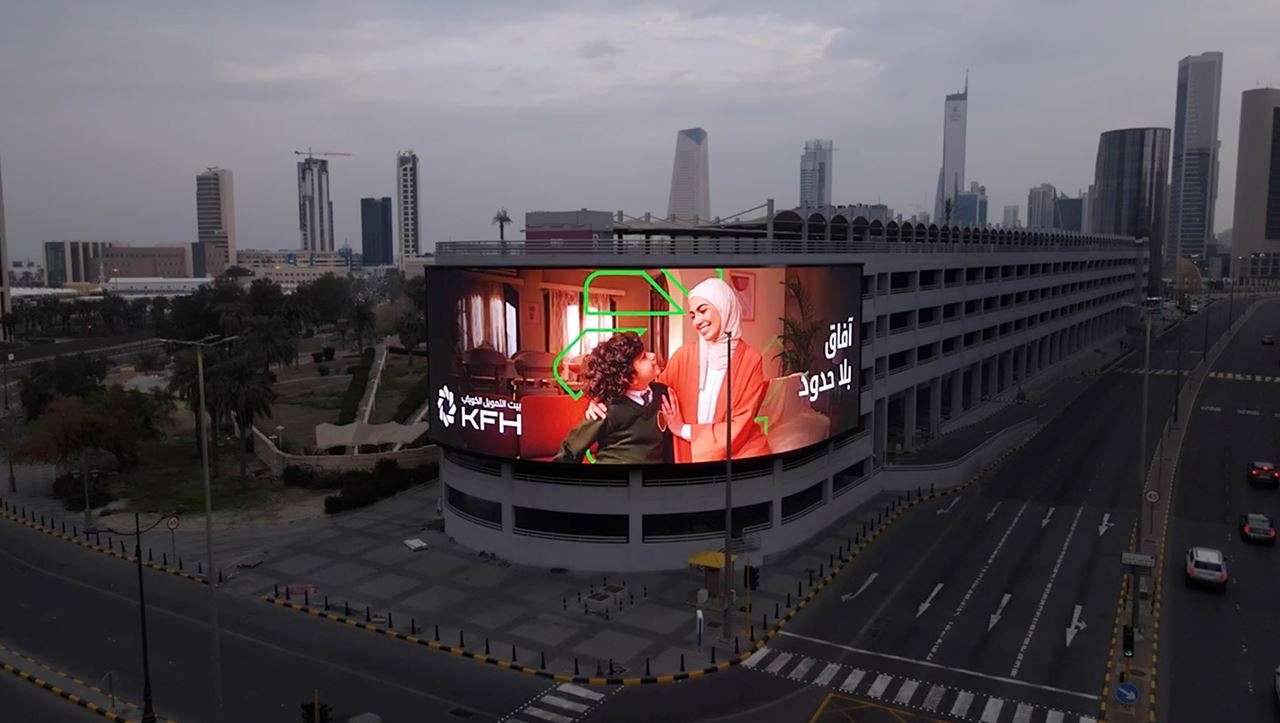For B2B brands in the Middle East, choosing between Digital Out-of-Home (DOOH) and traditional Out-of-Home (OOH) advertising depends on several factors — including audience type, campaign objectives, and strategic location.

Why DOOH Often Works Better for B2B Brands
1. Smart Targeting
B2B campaigns aim to reach specific professional segments such as business owners, executives, and investors.
Example: Running ads on screens in airport VIP lounges during peak executive travel times.
2. Flexible Timing
DOOH enables advertisers to display messages during optimal time windows, such as early mornings or late afternoons — when business audiences are most active.

3. Strategic Placement
With DOOH, you can precisely target key business hubs:
• Financial districts
• Exhibition centers
• Conference venues
• High-traffic commercial areas
4. Performance Tracking
DOOH provides data on impressions and audience engagement, allowing brands to track ROI and align outdoor efforts with digital campaigns — a key advantage for results-driven B2B strategies.

When Traditional OOH Makes Sense
Traditional OOH can be effective for:
• Long-term brand visibility
• Budget-conscious campaigns
• Establishing a continuous presence in business districts
While it lacks the flexibility and data feedback of DOOH, static billboards can still deliver consistent exposure.